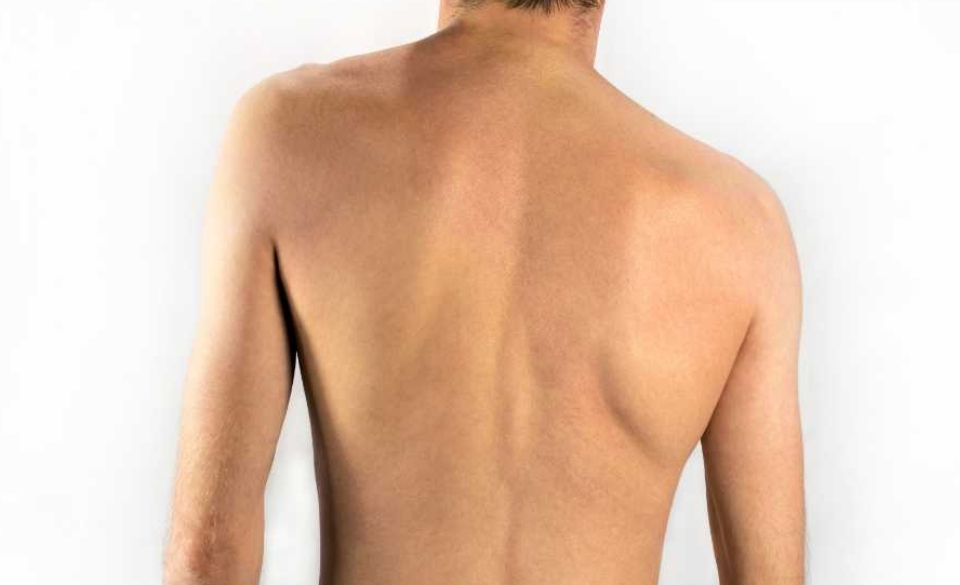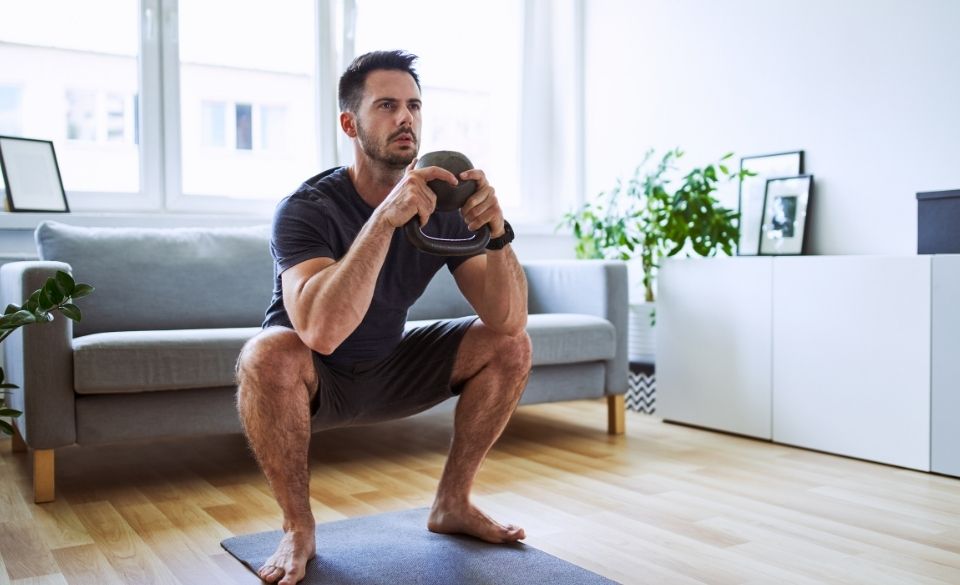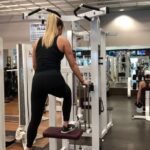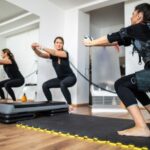
Squatting with Scoliosis – UPDATED 2022 – A Complete Guide
Page Contents
Getting back into exercise after an injury can be daunting. It’s no surprise that you’ll be more careful about what you do, how often you do it, and how intense you are with your workouts.
It’s equally as daunting when you’re considering exercising with a pre-existing medical condition. Often, you’ll have had to tread on eggshells your whole life with every other activity you do. Exercise is unfortunately no different.
Squatting with scoliosis is a dilemma you might face if you’ve been diagnosed with scoliosis while an avid exerciser. You might have also had scoliosis diagnosed at a young age but are wanting to take control of your body and get fit in 2022.
In this guide, we’ll be giving you our best findings and our best advice on squatting with scoliosis, alternative exercises you can do, and things you should know when squatting with scoliosis.
Squatting with Scoliosis – A Complete Guide
Why is squatting with scoliosis a problem in the first place? Why do you need to be careful when squatting with scoliosis? To answer this question, we need to understand what scoliosis is, the causes, and other factors that could affect the life of someone diagnosed with it.
Scoliosis is a condition where the spine unnaturally twists and forms a visible curve in a person’s back. Hallmarks of scoliosis include an uneven torso, uneven shoulders, and an unusual gait. Severe scoliosis manifests dramatic physical symptoms, so it can usually be diagnosed quite early in childhood.
Scoliosis can cause long-term problems such as nerve damage, muscle atrophy, joint degeneration, and more. If untreated, scoliosis will eventually have an unchangeable effect on someone’s quality of life. It’s a cause of severe back pain, which can ultimately lead to mobility issues.
The causes of scoliosis are not clear. Sometimes, it’s to do with how your bones fuse while in the womb. This type of scoliosis can be identified and treated from birth. Other times. It’s thought to be genetic. Some people may be more likely to develop scoliosis in childhood.
So, why is squatting with scoliosis a problem? Squatting is an exercise that puts pressure on the lower part of your body, including your core, your lower back, your thighs, and your feet.
Someone who has scoliosis is already more likely to develop a back injury and may have mobility issues. Putting weight on an unhealthy back can lead to the symptoms of scoliosis becoming worse.

Squatting with Mild Scoliosis – What You Should Know?
Scoliosis is a serious condition, so you might be surprised to know that it’s quite common. The thing is common scoliosis is usually only very mild. Mild scoliosis will rarely cause any worrying physical symptoms and may only be detected through an x-ray. It might not even cause symptoms.
If mild scoliosis isn’t as much of a worry as regular scoliosis, how about squatting with mild scoliosis? Is it any safer?
In general, squatting with mild scoliosis should be approached with severe caution. See, despite it being mild, you still have scoliosis. You’re one injury away from mild scoliosis developing into severe scoliosis, and you’re much more likely to get this injury from squatting.
That’s not to say squatting with mild scoliosis will never be possible. It should just be approached carefully, and you should be squatting much less than someone without scoliosis.
There have also been reports of people with mild scoliosis suffering back pain from squatting but being able to rectify this over time with dedicated training.
Deadlift with Scoliosis
One exercise that relies a lot on your back and your spine is the deadlift. Can you deadlift with scoliosis? Whether you have mild scoliosis or severe scoliosis, deadlift should be done VERY carefully. This is because deadlifting safely relies a lot on posture.
If you have scoliosis, you may find that good posture is much harder to maintain. Bad posture when deadlifting can cause injury, and a back injury when you already have scoliosis…probably not a great idea to put yourself at risk of.
If you want to deadlift with scoliosis, consult your doctor. If you have a personal trainer that you trust, be honest and open with them about any conditions you have and any anxieties you might have about deadlifting.
Squat Alternatives with Scoliosis
Sometimes it’s better to be safe than sorry, so if you’re looking for squat alternatives with scoliosis then we have some ideas for you to try.
Lunges are a popular alternative to squats because they require very little weight to be used on your legs. You’re putting much less pressure on your back as you’re instead spreading it evenly across your whole body.
Lunges also have a lot of the same benefits as squats, such as enhanced core strength, balance, posture, and more. Lunges are a great exercise for anyone recovering from a back injury and can be done as a warm-up or a full workout.
Other Exercises to Avoid with Scoliosis
When it comes to other exercises to avoid scoliosis, there are some golden rules to bear in mind. You’ll want to avoid exercises that put stress on your lower back, your upper back, or the middle of your back.
Of course, which exercises to avoid may depend on where your scoliosis is most severe. Also, it doesn’t mean you can’t do exercises that use these parts at all. You just need to avoid putting excessive strain on your back.
Exercises to avoid scoliosis include twisting exercises, squats, torso extensions, backbends, heavy deadlifts, and some gymnastics.
This isn’t an exhaustive list of what to avoid, and as always you should consult a health or fitness professional before you write anything off completely. When you try any new exercise, do so in moderation to avoid injury but also with an open mind.
Squatting with Scoliosis – Closing Thoughts
While squatting with scoliosis might be tempting due to how great squats are, it’s probably best to avoid them if you have scoliosis. Instead, focus on low-intensity exercises.
Recovering from a back injury? Or just looking for low-intensity workouts? Check out our personalized workout plans, diet plans, and more!


